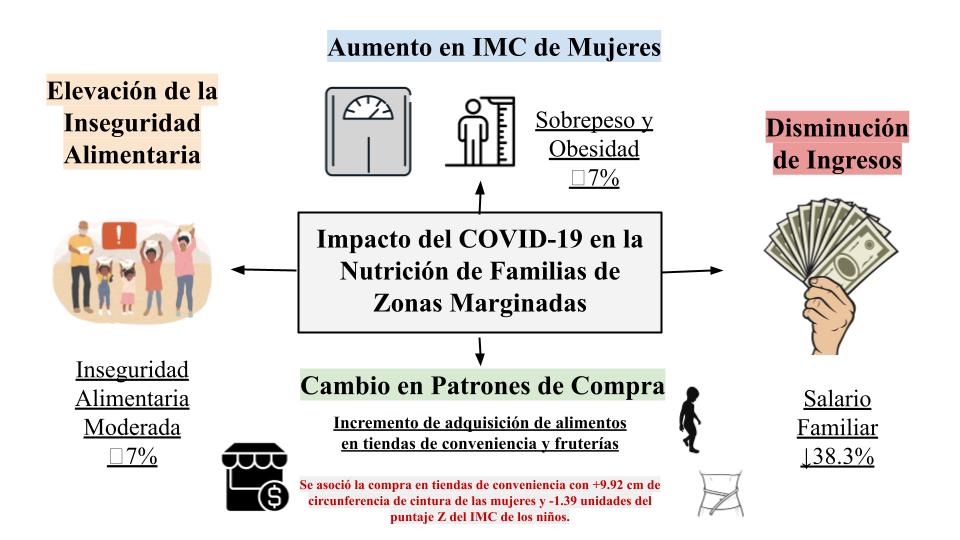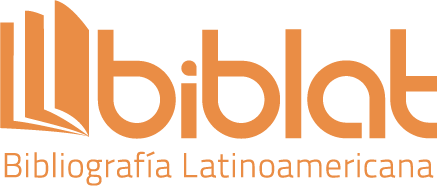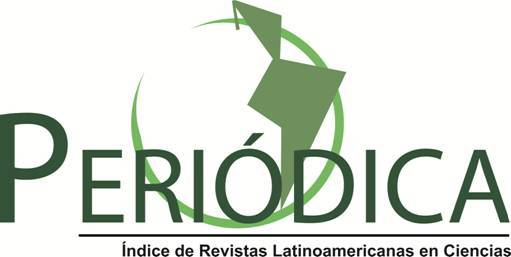The COVID-19 pandemic and its impact on the nutrition of families in marginalized areas of Hermosillo
DOI:
https://doi.org/10.18633/biotecnia.v26.2435Keywords:
Food insecurity, food environment, acquisition, convenience storesAbstract
The sanitary emergency caused by COVID-19 has had significant repercussions on the nutritional health of the population in Hermosillo, Mexico. Factors such as malnutrition, obesity, and heart disease are associated with higher mortality from the virus. This study focused on analyzing the consequences on the food environment and food insecurity in Hermosillo households with medium and high levels of marginalization. During 2021, 104 women and 41 children participated in this study, whose data were contrasted with information from 2019. Changes in purchasing patterns were identified, with a growing preference for convenience stores. Additionally, 38.3 % of the women reported a reduction in their income, and there was an escalation in the rise of 7 % in overweight and obesity. Additionally, the subsequent period saw an elevation in the mean BMI (29.6 ± 6 to 30.5 ± 7). An escalation of 9% was observed in instances of moderate nutritional food insecurity, there was a 9 % increase in cases of moderate food insecurity, and a correlation was found between the place of food acquisition and nutritional status.
Downloads
References
Ahmed, S., Downs, S. M., Yang, C., Chunlin, L., Ten Broek, N. y Ghosh-Jerath, S. 2020. Rapid tool based on a food environment typology framework for evaluating effects of the COVID-19 pandemic on food system resilience, Food Security, 12(4), pp. 1–6
Albarrán Alvarado, J. C. 2020. La recesión económica y la pérdida de empleos en México a causa de las medidas de sana distancia implementadas para mitigar los contagios del nuevo coronavirus COVID-19, Realidad económica, 25(65), pp. 23-32.
Asociación Mexicana de Agencias de Investigación de Mercados y Opinión Pública (AMAI). 2020. Niveles Socioeconómicos en México 2020. https://www.amai.org/NSE/index.php?queVeo=NSE2020.
Asociación Mexicana de Agencias de Investigación de Mercados y Opinión Pública (AMAI). 2022. Nota Metodológica NSE 2022, Asociación Mexicana de Agencias de Investigación de Mercado y Opinión. https://www.amai.org/descargas/Nota_Metodologico_NSE_2022_v5.pdf.
Bedoya, C. y Jaramillo-López, A. F. 2013. Las tiendas de conveniencia, una nueva opción para los consumidores en la ciudad de Medellín. Descripción del formato de conveniencia y los factores que lo representan en el contexto de la ciudad de Medellín, Universidad Pontificia Bolivariana, 2(1). http://hdl.handle.net/20.500.11912/7606.
Consejo Nacional de Población (CONAPO). 2017. Índice de marginación, carencias poblacionales por localidad, municipio y entidad. http://www.conapo.gob.mx.
Das, D., Sarkar, A. y Debroy, A. 2022. Impact of COVID-19 on changing consumer behaviour: Lessons from an emerging economy, International Journal of Consumer Studies, 46(3), pp. 692–715. https://www.ncbi.nlm.nih.gov/pmc/articles/PMC9111418/.
Ferrari, M. A. 2013. Estimación de la ingesta por recordatorio de 24 horas. Buenos Aires, pp. 20-5.
García, Z., Preciado Rodríguez, J. M., Contreras, A. D., Portillo, G. E. y Ortega Vélez, M. I. 2023. Cambios en la densidad del comercio minorista de alimentos en Hermosillo, México, en el periodo del 2010 al 2021, y su asociación con la dieta, antropometría y salud de mujeres adultas, Revista Chilena de Nutrición, 50(4), pp. 433-444. http://dx.doi.org/10.4067/S0717-75182023000400433.
Gauvin, L., Barnett, T. A., Dea, C., Doré, I., Drouin, O., Frohlich, K. L., Henderson, M. y Sylvestre, M. P. 2022. Quarantots, quarankids, and quaranteens: how research can contribute to mitigating the deleterious impacts of the COVID-19 pandemic on health behaviours and social inequalities while achieving sustainable change, Canadian Journal of Public Health, 113(1), pp. 53–60.
Green, S. H. y Glanz, K. 2015. Development of the Perceived Nutrition Environment Measures Survey, American Journal of Preventive Medicine, 49(1), pp. 50-61. https://doi.org/10.1016/j.amepre.2015.02.004.
Huang, T. T., Roberts, S. B., Howarth, N. C., McCrory, M. A. y Livingstone, M. B. 2006. Effect of screening out implausible energy intake reports on relationships between diet and BMI, Obesity Research, 14(10), pp. 1750-1766.
Instituto Nacional de Estadística y Geografía (INEGI). 2021. Estadísticas de defunciones registradas. Comunicado de prensa Núm. 378/22. https://www.inegi.org.mx/contenidos/saladeprensa/boletines/2022/dr/dr2021_07.pdf. Ciudad de
Lang Lasalle, J. 2020. Por qué las tiendas de conveniencia son cada vez más convenientes, JJL. https://www.jll.com.mx/es/trends-and-insights/ciudades/por-que-las-tiendas-de-conveniencia-son-cada-vez-mas-convenientes.
Martínez-Rojano, H., Pérez-Escamilla, R. y Campirano-Núñez, F. 2019. Inseguridad alimentaria en México y su asociación con el estado nutricio de la población adulta: análisis de la ENSANUT 2018, Salud pública de México, 61(2), pp. 178-188.
Organización Mundial de la Salud. 1995. Evaluación del crecimiento infantil: el uso e interpretación de la antropometría. Informe de un comité de expertos. Serie de informes técnicos de la Organización Mundial de la Salud, 854.
Organización Mundial de la Salud. 2020. Statement on the second meeting of the International Health Regulations (2005) Emergency Committee regarding the outbreak of novel coronavirus (2019-nCoV). https://www.who.int/es/news/item/30-01-2020-statement-on-the-second-meeting-of-the-international-health-regulations-(2005)-emergency-committee-regarding-the-outbreak-of-novel-coronavirus-(2019-ncov). .
Quizán-Plata, T. 2006. Inseguridad alimentaria: desarrollo de un instrumento de medición basado en las experiencias de los hogares del noroeste de México. [Doctorado en ciencias, tesis]. Centro de Investigación en Alimentación y Desarrollo, A.C.
Romo-Avilés, M. y Ortiz-Hernández, L. 2018. Energy and nutrient supply according to food insecurity severity among Mexican households, Food Security, 10, pp. 1163–1172.
Shamah-Levy, T., Rivera Dommarco, J., Cuevas-Nazu, L. et al. 2021. Encuesta Nacional De Salud Y Nutrición 2021 Sobre Covid-19. Secretaría de Salud. INSP.
Swinburn, B., Vandevijvere, S., Kraak, V., Sacks, G., Snowdon, W., Hawkes, C., et al. 2013. Monitoring and benchmarking government policies and actions to improve the healthiness of food environments: a proposed Government Healthy Food Environment Policy Index: Monitoring public sector policies and actions, Obes Rev, 14(1), pp. 24–37.
Universidad de California en San Francisco (UCSF). Institute of Global Health Sciences. 2021. La respuesta de México al Covid-19: Estudio de caso, pp. 2–131. https://globalhealthsciences.ucsf.edu/news/mexicos-response-covid-19-case-study.
United Nations Children's Fund (UNICEF). 2021. ENCOVID-19 Infancia. Resultados mayo 2020 a octubre de 2021. UNICEF. Universidad Iberoamericana. https://www.unicef.org/mexico/media/6751/file/Resultados%20a%20octubre%202021.pdf.

Downloads
Published
How to Cite
Issue
Section
License
Copyright (c) 2023

This work is licensed under a Creative Commons Attribution-NonCommercial-ShareAlike 4.0 International License.
The journal Biotecnia is licensed under the Attribution-NonCommercial-ShareAlike 4.0 International (CC BY-NC-SA 4.0) license.




_(1)_(1).png)






_(2).jpg)





